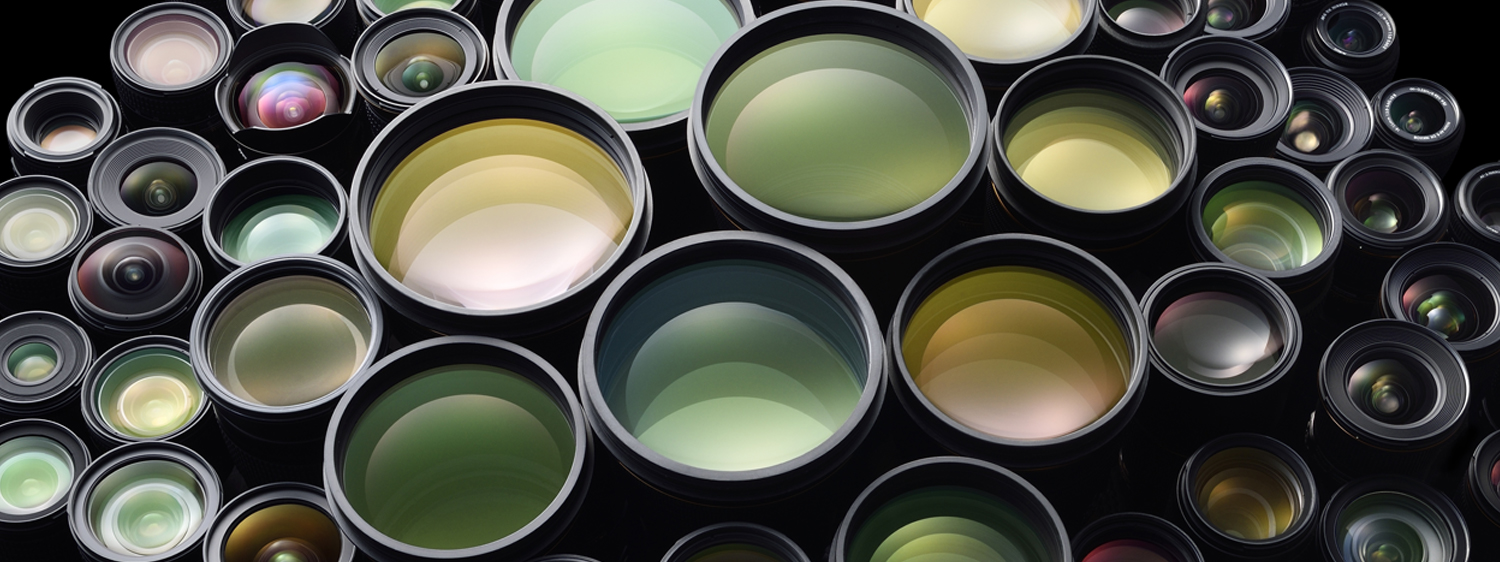Hier nog wat info waarom m42 en m39 adapter bij een zijn.
http://www.aohc.it/tak00e.htm" onclick="window.open(this.href);return false;
ome ] [ Su ] [ Screwmounts ] [ Tak M37 ] [ Tak Wide ] [ Tak Standard ] [ Tak Tele 1 ] [ Tak Tele 2 ] [ Tak Spec ]

Mount and Operation of Takumar Lenses
tak00t.jpg (18011 byte)
Asahi-Kogaku Takumar lenses: the exclusive fitting of Asahiflex
The choice of the screw fitting for Asahiflex system is due to its simpleness and consequent low cost, together with its functional character, perfectly adequate to the kind of gear Asahi Optical Co. was intended to manufacture. In early postwar time the only universal lens fitting was the Leica M39 screw, adopted by rangefinder cameras, without mirror box. You could count 35mm SLRs on one hand fingers and each manufacturer had a fitting of their own, Praktiflex’s M42x1 included. Asahiflex I (1952) introduced an exclusive M37x1 screwthread mount, hardly to understand being too small for next development of a complete lens system. On the technical side there is little to explain, being Asahiflex screw only devoted to mechanical connection between the body and the lens. Asahiflex lenses, compact and completely made by chrome finished brass (with the only exception of the 500mm telephoto) were called Asahi-Kogaku Takumars. Each lens adopted a different filter diameter. The very early f/3.5 50mm standard lens and the 500mm telephoto had a manual diaphragm ring, all others were of the pre-set type: a control ring let a certain aperture value to be selected following the rule of 16, the photographer’s experience or an external exposure meter reading; another ring, coupled to the diaphragm, let the iris to be fully opened for focussing and then closed the to the pre-selected value before taking each photo. Of course when you forget this last operation an overexposure will result. Due to the find of a few Asahiflex cameras with M42x1 screwmount somebody supposed the very late Asahiflexes were produced with the new fitting. AOC officially denied such an occurrence. It is then believed those hybrids are the result of ‘transplants’ made by repairers and possible because of the dimensions of the front panels and the positions of the four locking screws, same on all Asahiflex and Pentax models.
Asahi Optical Takumars: change to M42x1
Quite a complete system of lenses and accessories for the Asahiflex was introduced in a few years with good diffusion in USA. In spite of this, the Asahiflex fitting didn’t achieve a worldwide success, e.g. comparable to that of the well established Exakta bayonet (which suffered of the same small diameter limitations), so changing the lens fitting for the next generation of Pentax cameras was not a big shock. With the introduction of Asahi Pentax (1957), the exclusive fitting was abandoned together with the change to a wider mount and a yet diffused mount was adopted. It was the M42x1 screw of the contemporary Contax F/Pentacon F. This permitted full interchange of camera bodies and lenses between the yet diffused Pentacon system and the growing Pentax system. Takumar lenses of the Pentax series were faster and more impressive compared to their counterparts of the Asahiflex era. Finish became black with chrome finished diaphragm and focusing rings and filter threads were standardized to 46mm on all standard lenses. Speaking of linkage between the body and the lenses the only change is in the different screw, because also Asahi Optical Takumars are of the pre-set type, still needing no special connection.
edit
2. Takumar 1:1.9 83mm (M42) 1957-1959
This is basically the design of the M37 lens with some minor changes for the M42 mount.
Production was Winter 1957 - Winter 1959, total estimated number is less than the M37 version (maximum 1000 made?)
59mm length, 56.8mm diameter, 300g - quite lightweight for a highspeed lens!
edit
http://www.photopentax.com/adaptateur-en.html" onclick="window.open(this.href);return false;
http://www.ebay.com/itm/ASAHIFLEX-IIA-5 ... 0514603657" onclick="window.open(this.href);return false;?
Je hebt een mooie stukje glas wat je niet gauw meer tegen komt gevonden probeer hem maar uit .
Maar dat wist je al.






